How to Take Care of Pet Turtles
An aquarium can only keep fish or aquatic plants? The answer is negative. Actually, an aquarium can be a habitat for other animals, like pet turtles. If you never hear about it before, do not hurry, I am not pulling your leg. Just continue reading, and you will know more about pet turtles.
Content Table
Types of pet turtles
Pet turtles are reptiles with large shells. To begin with, let’s learn the types of pet turtles. In fact, there are many turtles species around the world. But turtles can be divided into three main types according to their basic lifestyle, including aquatic, semi-aquatic, and terrestrial turtles. Aquatic turtles are fond of living in the water, while terrestrial turtles like living on the land. On the contrary, semi-aquatic turtles live both in water and on land.
Generally, terrestrial turtles are easy to keep, because you do not need to pay attention to the light, water parameters, water quality, filtration system, or something like this. However, aquatic and semi-aquatic turtles may demand lighting, a filtration system, as well as water quality and temperature.
Next, we would like to cover some specific pet turtles of three types.
- Aquatic pet turtles: Painted turtles, Red-eared sliders, Musk turtles, Map turtles
- Semi-aquatic pet turtles: Spotted turtles, Box turtles, Wood turtles
- Terrestrial pet turtles: Russian tortoises, Greek tortoises, Red-footed tortoises
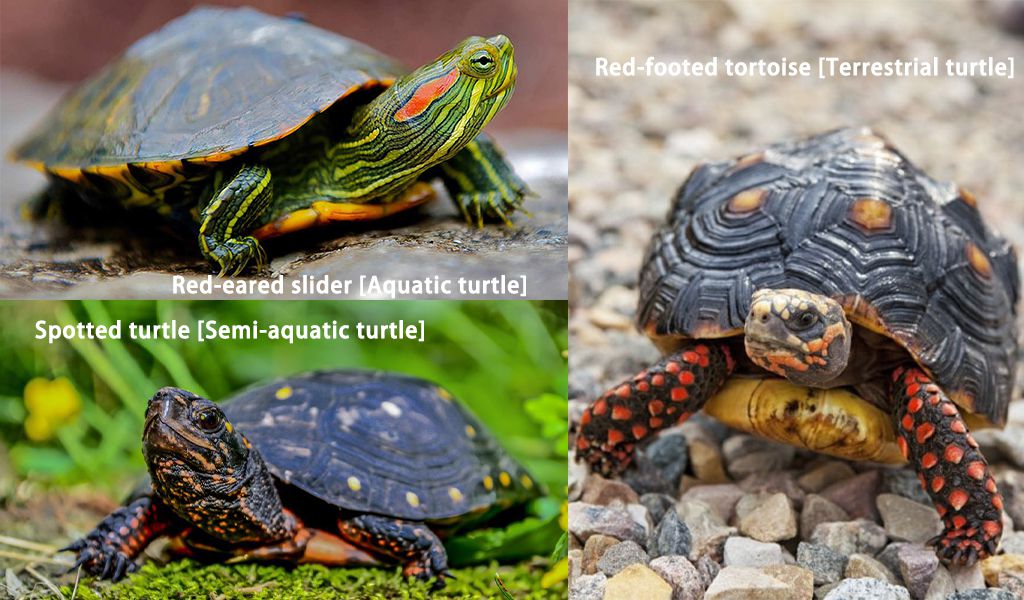
Additionally, some pet turtles are cheaper than other reptiles, and you can easily purchase one in the pet store. Furthermore, pet turtles can survive as long as the aquarium meets their basic requirements of living conditions. Consequently, we will introduce some popular pet turtles. It is feasible to choose one or more turtles mentioned below.
Red-eared slider
It is native to the United States. And can grow up to 16 inches. Also, you should create a great filtration system and ultraviolet light, and keep clean and stable water quality. With appropriate maintenance, a red-eared slider can live up to 50 years.
Mississippi map turtles
The turtles are from the Mississippi Valley, They are hardy and can reach 30 years old. They fancy tanks with water and land. Also, it is essential to keep clean water, proper light, and an ideal diet. Moreover, you should prevent them from nutrition deficiency and fungal infections.
Painted turtles
With attractive markings on the shell, painted turtles’ bodies are also vibrant. Olive green and yellow stripes are on their head, while there are bright red bands on their legs, arms, and neck. Generally, the tanks with water and land are suitable for painted turtles. With proper care, they can live up to 50 years and grow up to 4–10 inches long.
What do turtles eat
The diet requirements are varying from turtles species. Some turtles are carnivores or herbivores, but most turtles are omnivores. However, keeping a balanced diet is crucial. Insects, feeder fish, or vegetation are available food sources. Actually, turtles need various diets to meet their nutrient requirements. In general, meats are the main food for baby turtles, while they may eat both meat and vegetation after being an adult. But do not overfeed, especially for baby turtles. Or they may face deformity. You can feed them once or twice a day, and make sure they can finish eating within 5 minutes. Furthermore, you should add calcium powder to the turtle’s food 1–2 times each week.
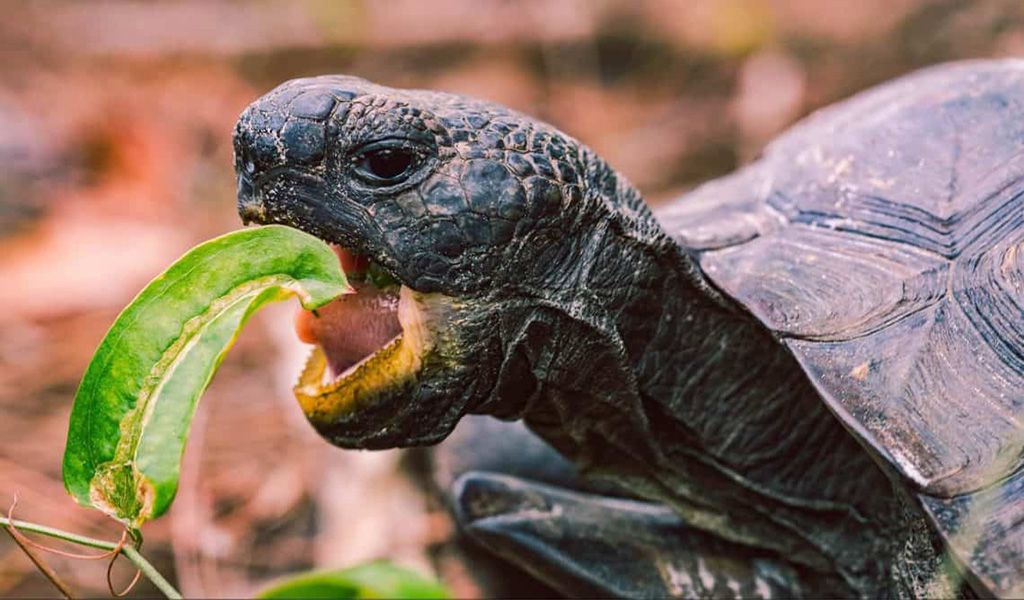
On the other hand, we will specifically talk about the diet of pet turtles. Basically, the pet turtles’ food should be:
- No artificial additives: if you feed commercial food, you should make sure that the food does not contain any artificial additives, flavoring, or color for instance.
- Sufficient protein and calcium: pet turtles do require protein, especially young pet turtles. Also, calcium is crucial for their shell growth.
Next, the table below will share some daily feeding suggestions for pet turtles.
| Pet turtles types | Food suggestions |
| Aquatic pet turtles (baby) |
|
| Aquatic pet turtles (adult) |
|
| Semi-aquatic pet turtles (baby) |
|
| Semi-aquatic pet turtles (adult) |
|
| Terrestrial pet turtles (baby) |
|
| Terrestrial pet turtles (adult) |
|
In summary, the diet requirements for aquatic turtles, semi-aquatic turtles, and terrestrial turtles may be different. Hence, it is best to research, and then you can provide the ideal diet for your turtles.
Take care of pet turtles
A tank with poor water quality may be smelly and make your turtles sick. Hence, you need to clean your turtle tank regularly. It is feasible to partially change 15-30 percent of the water once a week. Also, it is better to clean the substrate as well. And a gravel cleaner will help you out. It can clean every corner of the tank, suck away feces and waste, as well as change the water. Additionally, do not forget to dechlorinate and test the new water before adding it to the turtle tank. And test the water in the turtle tank every few days. The water parameters requirements should be:
- pH level: 6.0-8.0
- Ammonia level: 0 ppm
- Nitrite level: less than 0.5 ppm
- Nitrate level: no more than 40 ppm
Aside from that, it is recommended to completely clean the turtle tank once a month. By the way, turtles would not feel lonely or get bored. Therefore, you can just keep them alone in a turtle tank. More importantly, do not forget to wash your hand after touching your turtles or cleaning your turtle tanks.
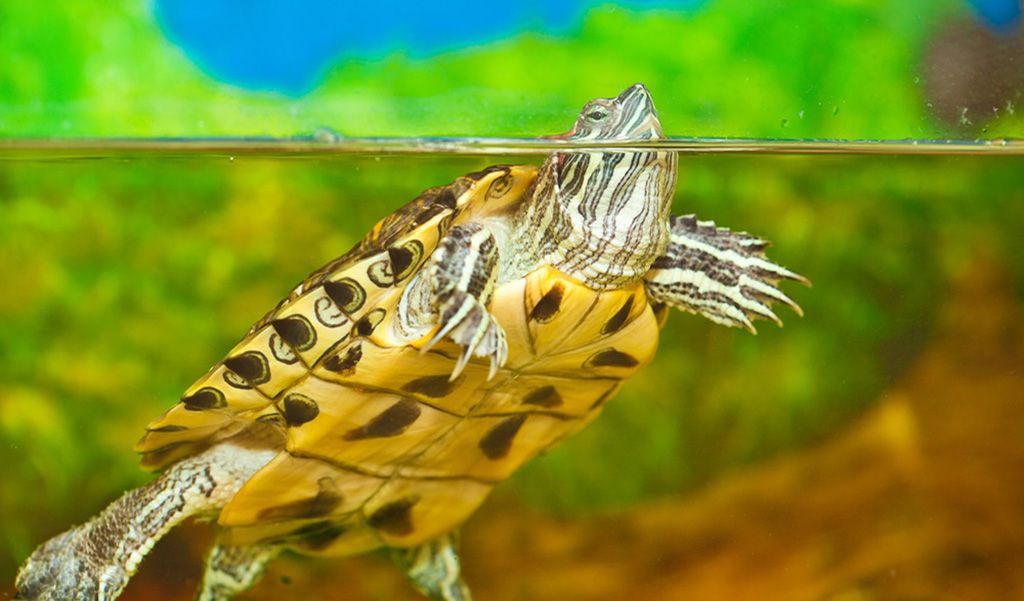
What should I get for pet turtles?
In addition to properly feeding your turtles, you should also get some equipment to keep them comfortable. In this segment, we will discuss turtles’ requirements for living conditions and equipment.
Tank set up
To begin with, it is essential to choose a suitable tank size. Exactly, the tank size is determined by the turtle species. A large one is better, but the turtle tank size should be 5–10 times the length of the turtle’s shell. For example, if your turtle is 5 inches long, then you would need a 25-50 gallon tank. As for substrate, it is not necessary, actually. If you want to add some, you should make sure the substrate is large, like pebbles. Otherwise, your turtles would swallow them. Also, you should provide a basking area for turtles, such as rocks and driftwood.
A reptile lamp & a thermometer
It is advisable to place a reptile lamp on the turtle tank. It helps to keep the basking area’s temperature at 85-90℉. Ultraviolet light is helpful to absorb calcium for pet turtles. Besides, you should also add an aquarium thermometer to monitor the temperature. Furthermore, it is feasible to keep the light on and off respectively for 12 hours.
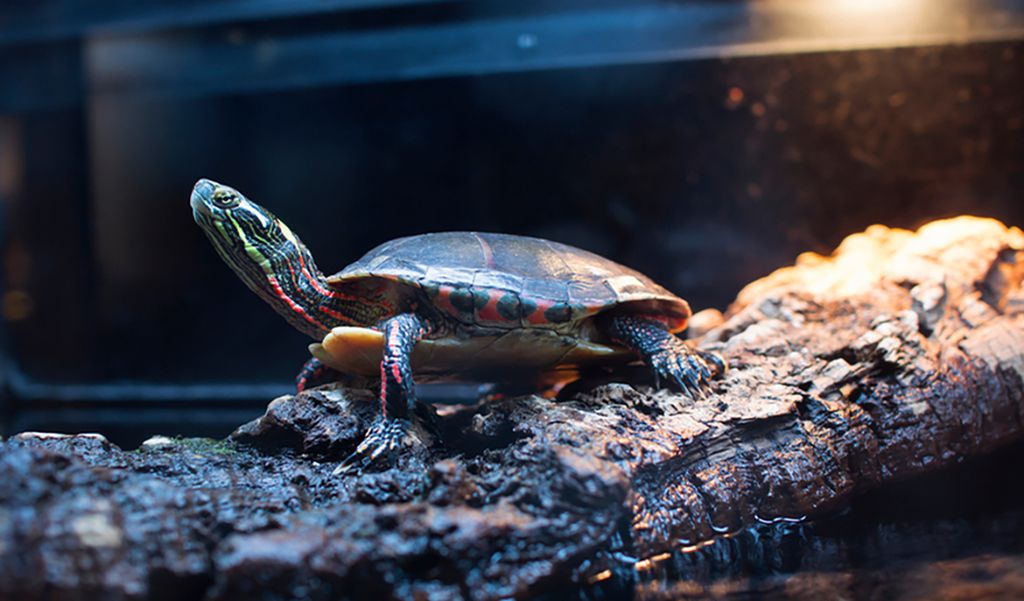
Filter
Pet turtles may produce more waste than fish of the same size, but they require clean water. Thus, it is necessary to add a filter to keep the water clean. A turtle aquarium filter is an excellent alternative. It could be a multifunctional turtle tank filter, as it can be used in water circulation, water change, and wave making.

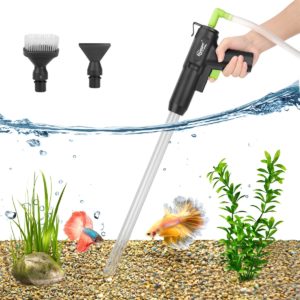
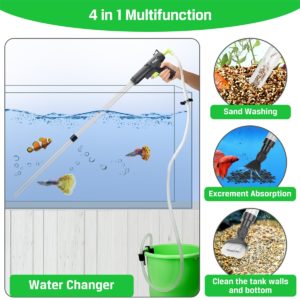
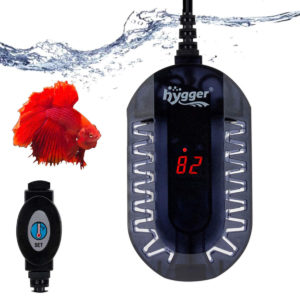

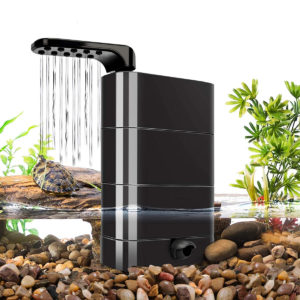
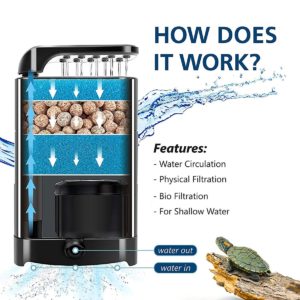
Anyways, thanks for the help!
How do turtles think a small rock is food?
Hello, Katie. Small rocks may resemble the size, shape, and texture of some natural prey items of the turtle, such as small fish or insects. So, turtles may ingest small rocks accidentally while foraging for food.
That’s it. Hope it will help you.
Thanks,
hygger team